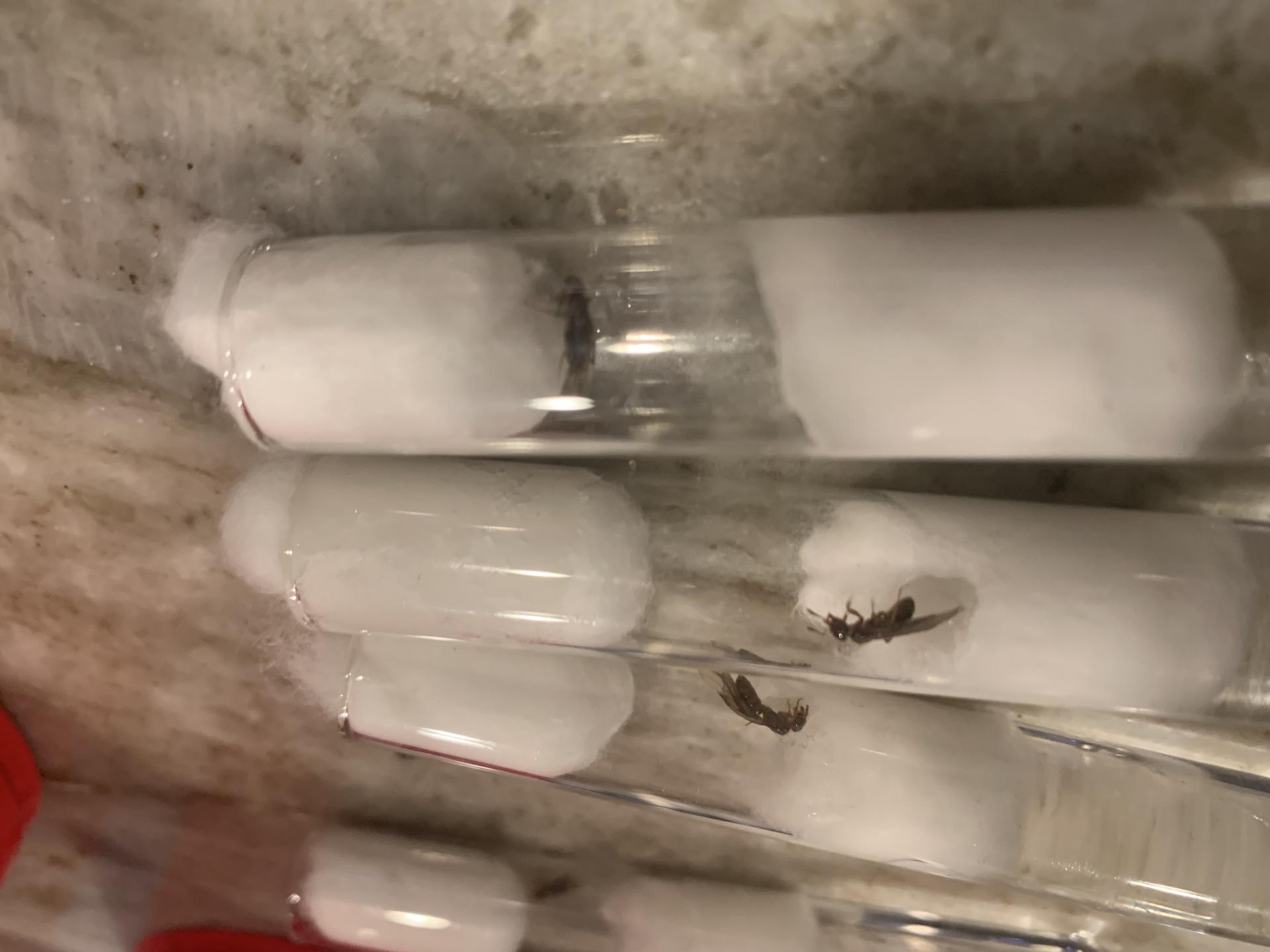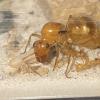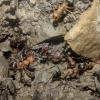It’s hard to see under their wings, but their abdomen/gaster connection does have a spike on it.
None of them have shed their wings (?) though it looked like one was tearing them off when I caught her. They were definitely coming down instead of up.
I have no idea what this one could be. At first I thought lasius but I’m not sure. If I could get advice to whether they are parasitic and if so are they native or invasive? I won’t release them if they are invasive.





















